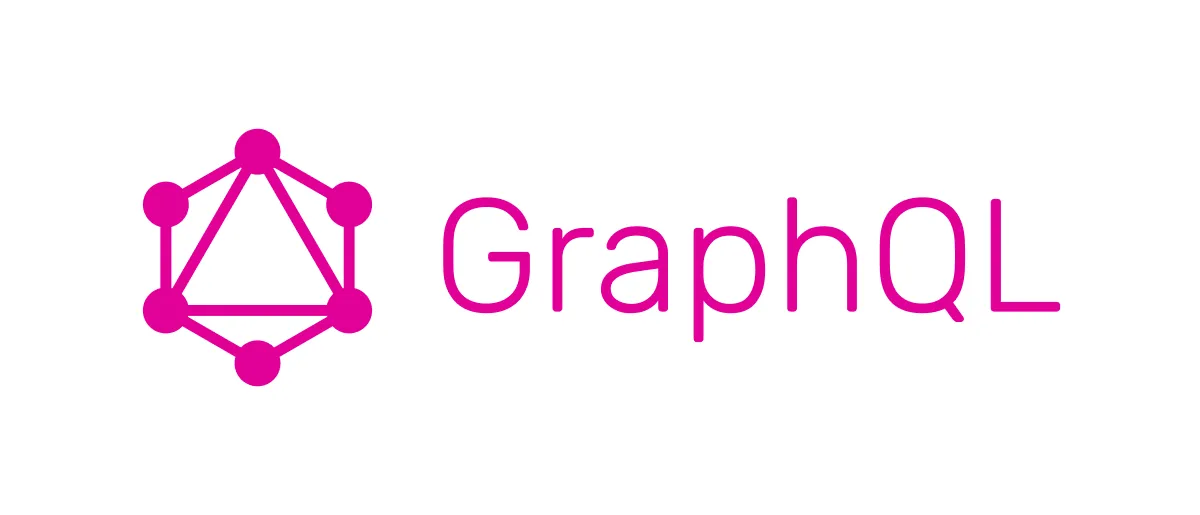GraphQL Extractor
Pricing
Pay per usage
Pricing
Pay per usage
Rating
0.0
(0)
Developer

cat
Actor stats
2
Bookmarked
26
Total users
0
Monthly active users
a year ago
Last modified
Categories
Share
Welcome to GraphQL Extractor

🕸️ About GRAPHQL

GraphQL is a data query and manipulation language for APIs that allows a client to specify what data it needs ("declarative data fetching"). A GraphQL server can fetch data from separate sources for a single client query and present the results in a unified graph.[2] It is not tied to any specific database or storage engine.
🕸️ About This Actor
Trying to be Universal GraphQL Scraper Actor
Web scraping is so much easier now, thanks to GraphQL. It’s like you ask websites for data, and they just serve it up on a silver platter, no fuss. Honestly, it's made scraping feel less like a chore and more like a friendly chat with the internet. Now, here's hoping Amazon.com jumps on the GraphQL bandwagon soon—fingers crossed!

🕸️ Examples (Use Cases)
Example #1: https://apify.hashnode.dev
Scraping blogs from https://apify.hashnode.dev
URL :
Command :
Variables :
ACTOR INPUT :
🕸️ GraphQL Quick Guide
Lesson #1: BASIC
Example :
JSON Input :
Lesson #2: VARIABLES
Example :
JSON Input :
Lesson #3: FRAGMENT
Example: Without Fragment
Example: With Fragment

